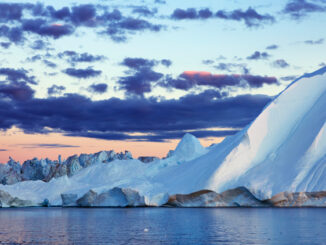
How much do you know about Australia? Australia is the name of a country and a continent. Australia is the smallest continent but the sixth-largest country in the world by land mass. The country also includes thousands of islands, including Tasmania. Australia has a long history, but it has only been a nation officially since 1901.
Australia is in the Southern Hemisphere. That means when it’s winter in the Northern Hemisphere, it’s summer in Australia! Imagine enjoying a warm summer day in December or having winter weather in July! Geographically, about a third of Australia is desert. Large parts of the continent are arid and sparsely populated but contain much plant and animal life. Most of Australia’s population lives in urban areas along the coast. These parts of the country are greener and experience more precipitation [water that falls from clouds and reaches the ground].
The country of Australia began as the home of the Aboriginal Australians. Aboriginals may have lived on the continent for more than 50,000 years! The first European stepped foot in Australia in 1606. The British would form a colony there in 1788. They planned to send prisoners to work on government farms in Australia. The early colonists struggled through disease and hunger. They had to leave their first settlement location because of poor soil.
As a prison colony, Australia became a brutal authoritarian [demanding total obedience to authority] society under the British. The British claimed all of Australia as a colony. There was no representation in the government for any prisoners or ex-prisoners. Colony expansion came at a great cost to Aboriginal Australians, with many dying to war and disease. As Australia became more colonized, the British stopped shipping prisoners to work there.
On January 1, 1901, the six Australian colonies united to form the Commonwealth of Australia. The Commonwealth of Australia was still a subject of the British, but it could govern itself. The six colonies became the states of New South Wales, Victoria, Queensland, Western Australia, South Australia, and Tasmania. Two new territories were formed in 1911. These territories are known as the Australian Capital Territory and the Northern Territory.
After World War II, Australia started to become more separate from Great Britain. In 1986, the Australia Act finally gave Australia complete independence. Australia has been an ally of the British and the United States ever since. Australia is a popular tourist destination with many sights to see. Natural and manmade wonders such as the Great Barrier Reef and the Sydney Opera House draw millions of tourists to Australia year after year.
What Do You Think? What aspect of Australia’s geography or history do you think is the most interesting?
Photo Credit: Mark Kolbe/Getty Images



